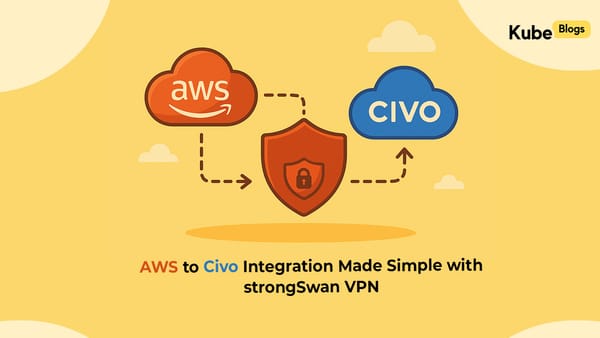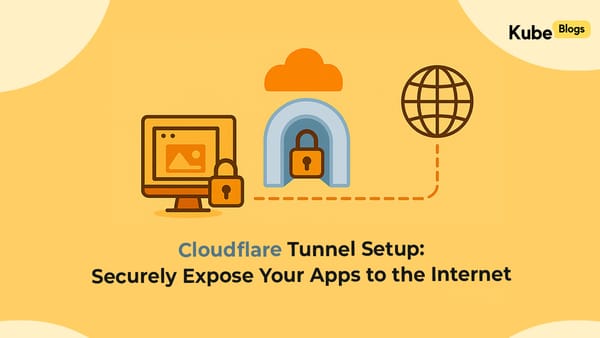Table of Contents
Introduction
Docker CLI is the standard tool for container image management, but it has one major limitation when it comes to re-tagging images in remote registries. It requires you to pull an image locally before you can create a new tag for it. This is fine for small images, but with large images pulling images can be extremely inefficient.
The issue is that tagging with Docker CLI only works with local images, so if your image is in a remote registry, you first have to pull it to your local machine, re-tag it, and then push it back. This increases network utilization, especially for large images where you have to unnecessarily download large images on your system before you can add a new tag on them.
Fortunately, tools like Skopeo and Crane let you tag images directly in registries without pulling them.
In this guide, we’ll walk through the limitations of the Docker CLI and introduce efficient alternatives and how to set them up.
Docker CLI Limitations
The Pull-First Requirement
Docker CLI requires local images for tagging operations:
# This works only if image exists locally
docker tag existing-image:tag new-image:new-tag
# This fails for remote-only images
docker tag registry.example.com/myapp:v1.0 registry.example.com/myapp:latest
# Error: No such image: registry.example.com/myapp:v1.0The workflow becomes:
- Pull the image locally
- Create the new tag
- Push the new tag
- Optionally clean up local image
# Complete workflow with Docker CLI
docker pull registry.example.com/myapp:v1.0
docker tag registry.example.com/myapp:v1.0 registry.example.com/myapp:latest
docker push registry.example.com/myapp:latest
docker rmi registry.example.com/myapp:v1.0 registry.example.com/myapp:latestPerformance Impact
This creates several challenges:
- Bandwidth consumption: Large images (1GB+) require significant download time
- Storage overhead: Temporary local storage needed.
- Network dependency: Poor connectivity may slow down operations.
Alternatives for Docker's Limitations
Fortunately, there are tools available depending on the environment and use case. Here are some solutions that can help tag images directly in remote registries.
AWS ECR
If you're working with AWS Elastic Container Registry (ECR), there's an easy way to retag images directly without having to pull images. ECR provides native CLI commands that can help us work directly with the registry API.
Tagging via Manifest
You can fetch the image manifest of an existing tag and push it again under a new tag:
# Get the image manifest from existing tag
MANIFEST=$(aws ecr get-image \
--repository-name my-app \
--image-id imageTag=v1.0 \
--query 'imageManifest' \
--output text)
# Create new tag using the same manifest
aws ecr put-image \
--repository-name my-app \
--image-manifest "$MANIFEST" \
--image-tag latestThis method is fast and avoids unnecessary image downloads.
Tagging with Image Digest
When working with specific image versions, use digest-based operations:
# Get image details including digest
aws ecr describe-images \
--repository-name my-app \
--image-ids imageTag=v1.0
# Use digest for precise tagging
aws ecr put-image \
--repository-name my-app \
--image-manifest "$MANIFEST" \
--image-tag v1.1 \
--image-digest sha256:abc123...Using digests ensures you're tagging the exact image version you want.
Cross-Registry Alternatives
Skopeo
It can be used to move and tag images between registries without ever pulling them locally.
Install Skopeo
# Ubuntu/Debian
sudo apt-get install skopeo
# macOS
brew install skopeoBasic retagging within same registry
skopeo copy docker://registry.example.com/myapp:v1.0 \
docker://registry.example.com/myapp:latestCross-registry copying
skopeo copy docker://source-registry.com/myapp:v1.0 \
docker://dest-registry.com/myapp:latestThis is useful in CI/CD workflows and for managing multi-cloud environments.
Conclusion
While Docker CLI is a great tool for local image management, it has a major limitation with respect to re-tagging images.
Tools like the AWS ECR CLI and Skopeo offer faster re-tagging options by letting you manipulate image tags directly without downloading.
KubeNine specializes in Kubernetes architecture and enterprise implementation. Visit kubenine.com for expert guidance on container registry optimization and DevOps automation.






